Chart Of The Day: The Great American Downsizing
The best-selling nameplates in America may still be pickup trucks, but for the first time in nearly a decade, cars and car-based crossovers are outselling the body-on-frame competition. The shift occurred in the second half of 2007, as gas prices built to their Summer 2008 peak, and despite more reasonable energy prices, consumers do not appear to be going back to large trucks and SUVs en masse. And, as Automotive News [sub] reports, the downsizing of America’s buying tastes is doing more than just putting a fork in the SUV fad.
It should come as no surprise that car-based crossovers are the leading cause of this decline in SUV sales… we don’t call them “the methadone of SUV addiction” for nothing. According to AN [sub], car-based vehicles (including CUVs) make up a full 77 percent of the market, as trucks and SUVs fell from 31 percent of the U.S. market in the first half of 2007 to about 23 percent this year. In that same time period, truck-based SUVs have fallen from about 13 percent to about eight percent.
Meanwhile, small cars nearly closed the gap with midsize cars during the height of gas prices in 2008, and the two segments are still closer in volume than they’ve been in decades. Furthermore, AN [sub] points out that, even within a given segment, buyers are downsizing. Large luxury cars like the Mercedes S Class are losing out, as smaller luxury sedans like those in the BMW 3-Series segment improve their performances. Sporty car segments are being dominated by cheaper options like the Mustang and Camaro, and the large-car segment is not recovering as well as the midsize segment, suggesting that buyers are generally looking for smaller, less ostentatious options. As one Lexus dealer puts it
We’ve got people trading Lexuses for Camrys
But here’s the real kicker: though Americans appear to be slowly trading down vehicles, transaction prices are actually rising. That’s because the uptick in compact car sales is largely driven by consumers who are willing to downsize, but refuse to give up the features and options they once enjoyed. With more and more technology and options available in the compact segment, Americans can buy less car with more features… and they are.
The lesson then, is a strange one. With sales holding steady at relatively low levels, it’s clear that poor economic conditions are keeping buyers out of the market. But the buyers that are in the market aren’t spending less per se… they’re simply trending towards smaller, less flashy vehicles. Are these buyers consciously trying to project a more austere image? Do they think they’re getting more car by buying less space and more features? Or are we simply returning to some semblance of normalcy after a long sojourn in the time of giant SUVs and showy luxury cars? Whatever the reason, analysts figure the downisizing trend is here to stay. Given the looming CAFE standard increase, the fact that Americans are buying smaller but paying more is some of the best news the industry has had for quite a while.
More by Edward Niedermeyer
Latest Car Reviews
Read moreLatest Product Reviews
Read moreRecent Comments
- SaulTigh Unless we start building nuclear plants and beefing up the grid, this drive to electrification (and not just cars) will be the destruction of modern society. I hope you love rolling blackouts like the US was some third world failed state. You don't support 8 billion people on this planet without abundant and relatively cheap energy.So no, I don't want an electric car, even if it's cheap.
- 3-On-The-Tree Lou_BCone of many cars I sold when I got commissioned into the army. 1964 Dodge D100 with slant six and 3 on the tree, 1973 Plymouth Duster with slant six, 1974 dodge dart custom with a 318. 1990 Bronco 5.0 which was our snowboard rig for Wa state and Whistler/Blackcomb BC. Now :my trail rigs are a 1985 Toyota FJ60 Land cruiser and 86 Suzuki Samurai.
- RHD They are going to crash and burn like Country Garden and Evergrande (the Chinese property behemoths) if they don't fix their problems post-haste.
- Golden2husky The biggest hurdle for us would be the lack of a good charging network for road tripping as we are at the point in our lives that we will be traveling quite a bit. I'd rather pay more for longer range so the cheaper models would probably not make the cut. Improve the charging infrastructure and I'm certainly going to give one a try. This is more important that a lowish entry price IMHO.
- Add Lightness I have nothing against paying more to get quality (think Toyota vs Chryco) but hate all the silly, non-mandated 'stuff' that automakers load onto cars based on what non-gearhead focus groups tell them they need to have in a car. I blame focus groups for automatic everything and double drivetrains (AWD) that really never gets used 98% of the time. The other 2% of the time, one goes looking for a place to need it to rationanalize the purchase.





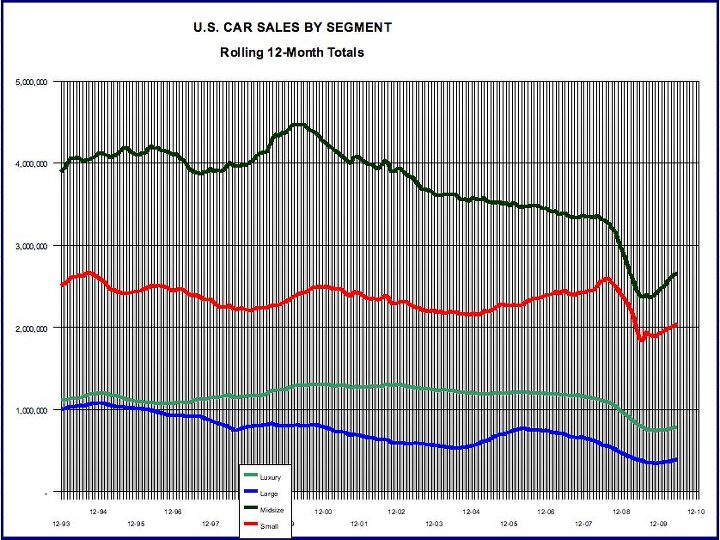

















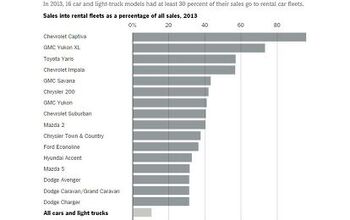
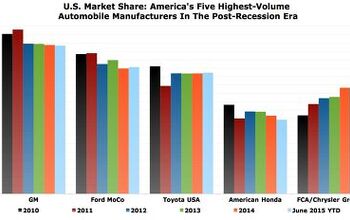
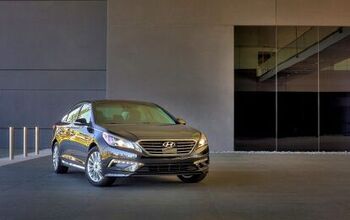
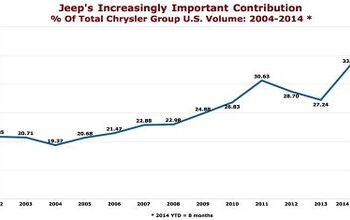










Comments
Join the conversation
The speculation on people returning to "urban cores" is all off in my opinion. What drives the decline in commuting is telecommuting or working from home. That is the trend for the 2010's and beyond. I work at a Fortune 200 company that has been among the most hostile to this trend, until this year. Now they can't get people out of the buildings fast enough. Others are way ahead of us, shutting facilities, saving $ and making employees happier in the process. As for smaller cars, I just see the Europification of our cars. In America, size was king, and small cars were almost always low-end, no-frills machines. Now every car has ABS, a CD changer, airbags galore, traction control, climate control etc. So Americans find that they can move down in size, without losing creature comforts. They may also find that a Civic is bigger than an Accord was and so they are shifting back to where they were in many ways. Heard from someone that the next gen Accord is slated to be smaller...and will match the Euro Accord/TSX.
GM was so far ahead of this game, but decades too early for American tastes. My uncle had a 1961 Buick Skylark as his commuter. 215ci all aluminum V-8, power everything and lots of chrome, a "premium" truly compact car, not the bloated Skylark that followed. Mom has a '72 and its huge.